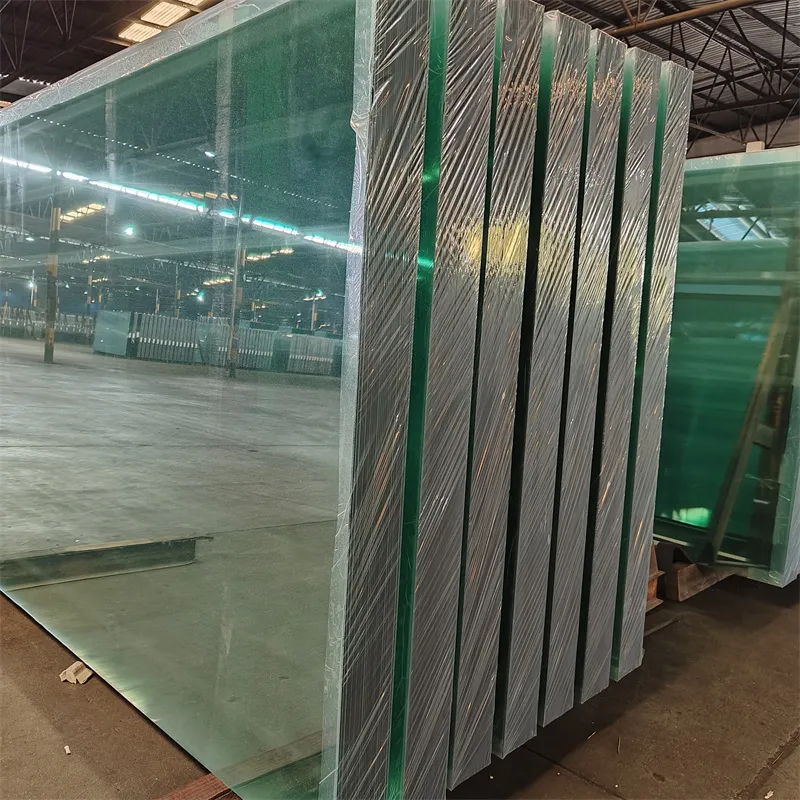Nov . 19, 2024 16:07 Back to list
float glass manufacturers
The World of Float Glass Manufacturers
Float glass, known for its smooth finish and optical clarity, has become a cornerstone in the glass industry. It is primarily used in windows, mirrors, and facades, making it an essential material for both residential and commercial construction. This article delves into the realm of float glass manufacturers, exploring their processes, innovations, and market dynamics.
Understanding Float Glass
Float glass is produced through a method that involves floating molten glass on top of molten tin to create a uniform thickness and smooth surface. This process was developed in the mid-20th century and has since revolutionized the glass manufacturing industry. The unique properties of float glass, such as its optical clarity, flatness, and durability, make it highly sought after in various applications.
Major Float Glass Manufacturers
The global market for float glass is populated by several noteworthy manufacturers. Companies such as Saint-Gobain, Guardian Industries, and AGC Inc. lead the industry due to their advanced technology and sustainable practices.
- Saint-Gobain, headquartered in France, operates numerous float glass plants worldwide. The company is known for its commitment to sustainability and innovation. With a robust research and development program, Saint-Gobain continuously improves its products and processes to meet the growing demand for energy-efficient glass.
- Guardian Industries, based in the United States, is another key player in the float glass market. The company has a strong emphasis on innovation, particularly in producing low-emissivity (low-E) glass that helps improve energy efficiency in buildings. Guardian's wide range of glass products also caters to the automotive industry, enhancing their market versatility.
- AGC Inc., a Japanese multinational, is renowned for its cutting-edge technology in glass production. AGC is particularly focused on creating high-performance glass products that contribute to sustainable building practices. Their advancements in float glass technology have set new standards in the industry.
Innovations in Float Glass
float glass manufacturers

The float glass manufacturing industry is not static; it is continuously evolving. Manufacturers are investing in research to improve energy efficiency and reduce environmental impact. Many are adopting eco-friendly practices, such as recycling waste glass and utilizing renewable energy sources in production.
For instance, low-E coatings have become a significant innovation in float glass. These coatings reflect infrared light while allowing visible light to enter, thus enhancing thermal performance. These advancements are particularly crucial in the context of rising energy costs and increasing regulatory demands for energy efficiency in buildings.
Market Dynamics
The float glass market is affected by several factors, including construction trends, economic conditions, and technological advancements. As urbanization continues worldwide, the demand for float glass is expected to rise, particularly in emerging markets where infrastructure development is a priority.
Moreover, the increasing focus on green buildings has prompted manufacturers to develop glass products that meet stringent environmental standards. This shift creates opportunities for float glass producers to innovate while meeting market demands.
Challenges Ahead
While the float glass industry offers many opportunities, it also faces challenges. Fluctuating raw material costs, especially for silica sand, soda ash, and limestone, can impact profitability. Additionally, competition among manufacturers can lead to price wars, which may hinder innovation investment.
Furthermore, the glass manufacturing process is energy-intensive, leading to higher carbon emissions. As the world moves towards sustainability, float glass manufacturers must find ways to reduce their carbon footprint and embrace green technologies.
Conclusion
Float glass manufacturers play a vital role in shaping our built environment. By focusing on innovation, sustainability, and efficiency, these companies are poised to meet the evolving needs of the construction industry. As urbanization accelerates and the demand for energy-efficient solutions grows, the future of float glass manufacturing appears promising, albeit challenging. The success of these manufacturers will hinge on their ability to adapt to market dynamics and leverage technological advancements to maintain their competitive edge.
-
Safety and Style with Premium Laminated Glass Solutions
NewsJun.24,2025
-
Reinvents Security with Premium Wired Glass
NewsJun.24,2025
-
Premium Float Glass Line for Modern Architecture
NewsJun.24,2025
-
Low Emissivity Glass for Energy-Efficient Architecture
NewsJun.24,2025
-
High-Performance Insulated Glass Solutions for Modern Architecture
NewsJun.24,2025
-
Elevates Interior Style with Premium Silver Mirror
NewsJun.24,2025
Related PRODUCTS














